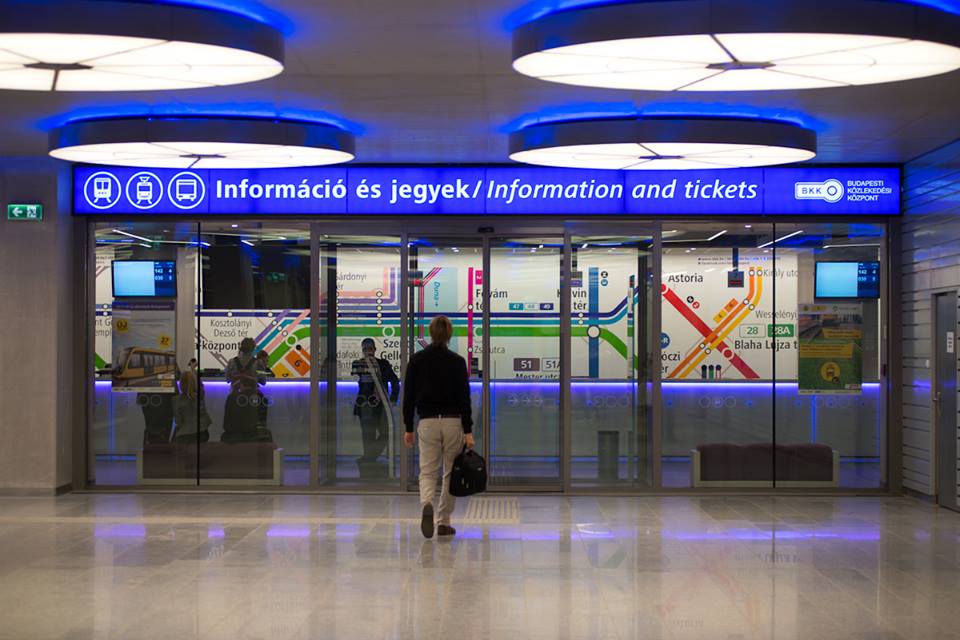The history of Budapest’s public transportation dates back to 1832, when the first omnibus service started operating to carry passengers aboard horse-drawn carts available to the public. With the city’s rapid development at the end of the 19th century, the growing needs for transportation necessitated a fleet expansion, including the launch of the cogwheel railway that provides panoramic rides up into the Buda Hills, the establishment of the first inner-city tram line, and the groundbreaking creation of Budapest’s acclaimed underground system – the first metro in continental Europe. Today, exclusively operated by BKK (the Hungarian acronym for the “Budapest Transport Center”), the city’s fleet presents a colorful blend of vehicles, some of them left nearly unchanged since their launch, while others are state-of-the-art additions to the city’s ever-increasing public-transport network.
Major lines
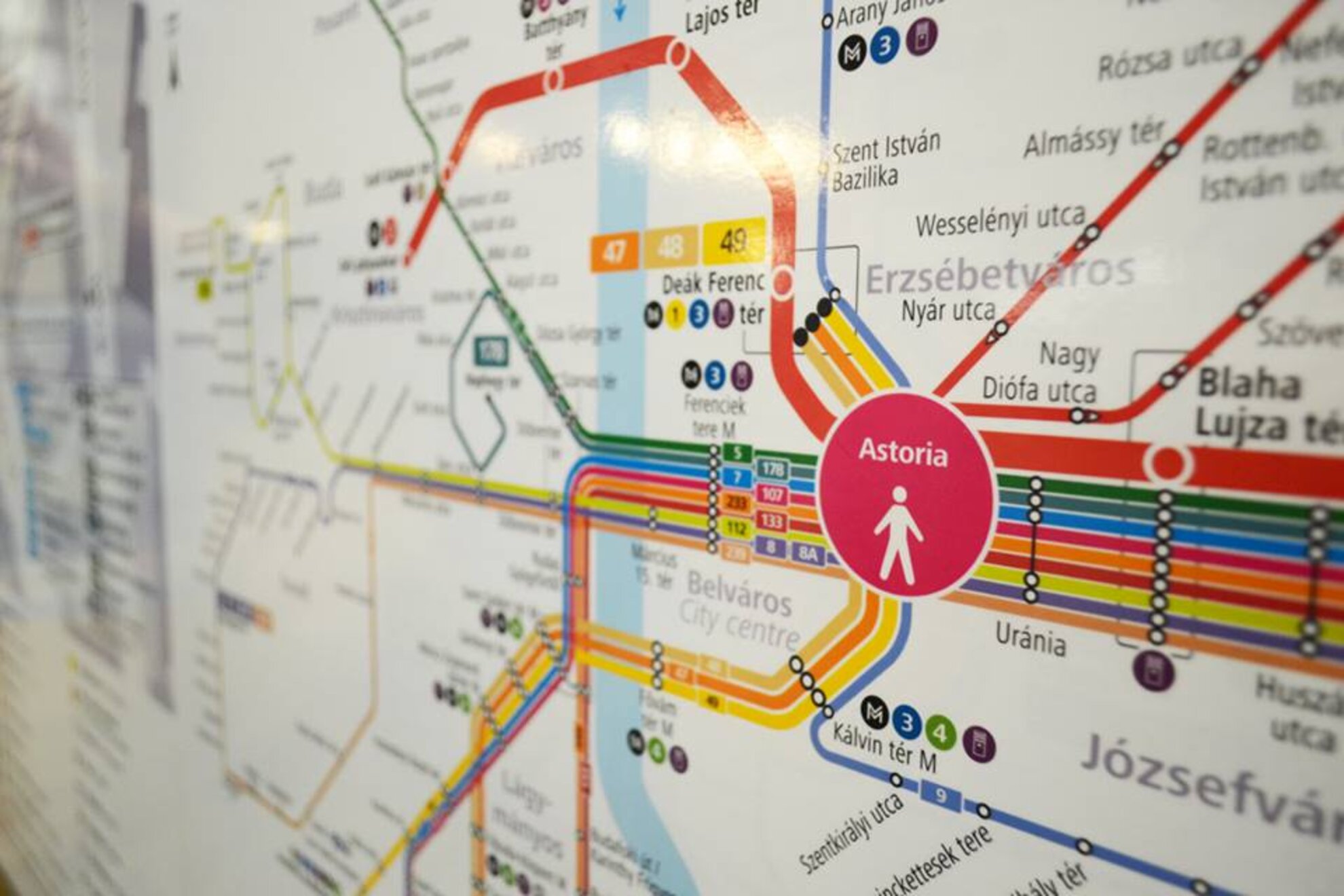
Metro line 1 (yellow line)
Connecting Budapest’s downtown Vörösmarty Square with the Mexikói Road terminus in eastern Pest, riding the city’s oldest metro line (also referred to as the yellow underground) is an almost unmissable activity in the Hungarian capital, whether taking the Millennium Underground for its historical value – it’s listed as a UNESCO World Heritage Site – or just to get around the city. The subway glides under Andrássy Avenue and stops at significant locations along its subterranean route, including Deák Ferenc Square – where three of Budapest’s four metro lines intersect – the Hungarian State Opera, the Oktogon intersection, Heroes’ Square, and City Park. A ride aboard provides sensations of the city’s enduring belle-époque grace blended with the fascination of this modern metropolis.

Metro line 2 (red line)
Running between Pest’s Örs Vezér Square and Buda’s Déli Railway Station, the red line was introduced as the city’s first modern underground, linking Budapest’s eastern and western sides. The entire line received a thorough renovation between 2004 and 2008, while – after lengthy and tumultuous negotiations – the dilapidated metro cars were replaced by its modern-day vehicles in 2012. Those who take this underground enjoy smooth and speedy rides amid air-conditioned settings, running under such key locales as the Keleti Railway Station (a major hub for international trains), Kossuth Square (towered over by the imposing Parliament), or Batthyány Square (a main transport junction on the Buda side), while at its Deák Ferenc Square station, passengers can change to Metro line 1 or 3, as this is the junction of those three lines.
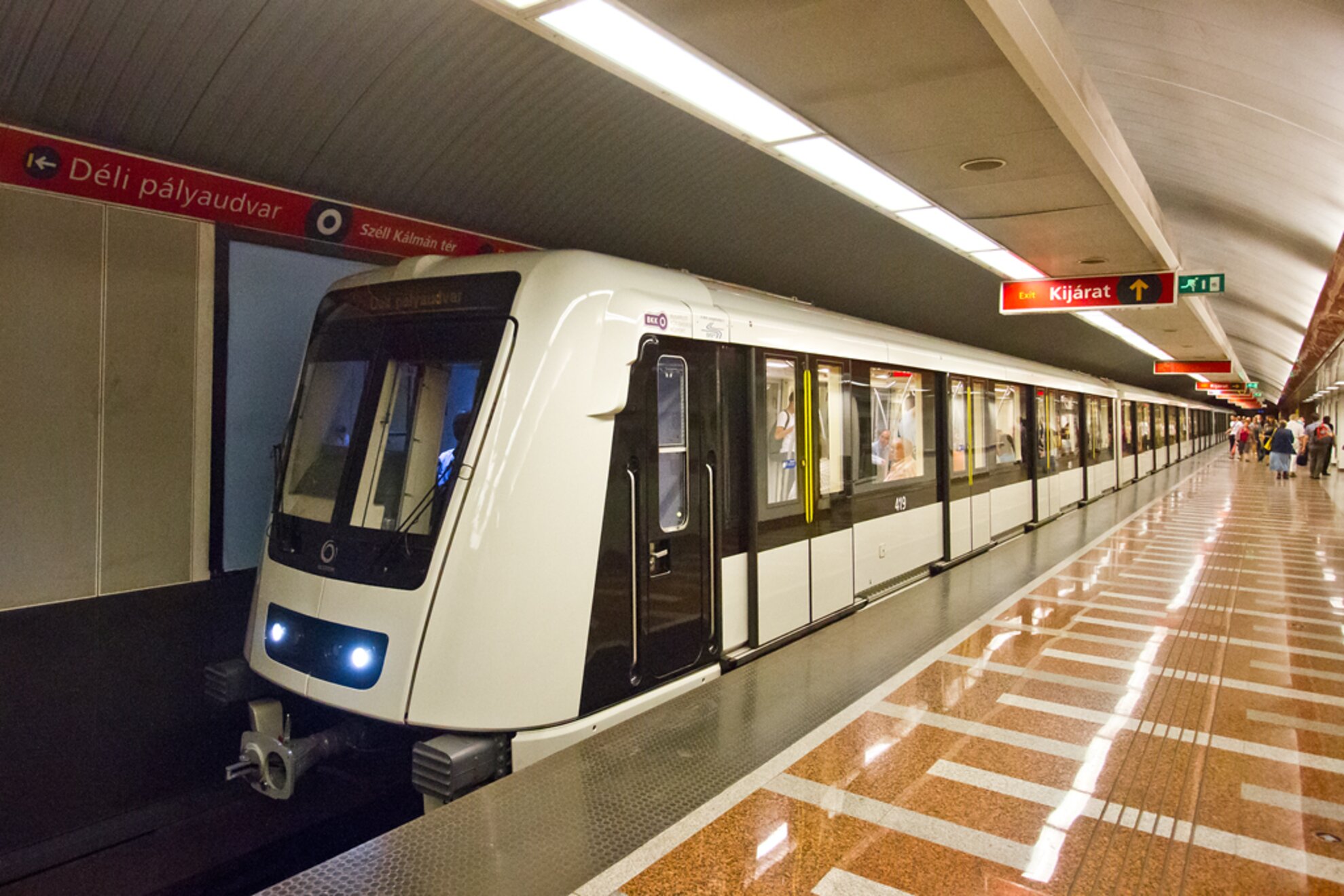
Metro line 3 (blue line)
As the city’s longest metro line, spanning 17 kilometers between north and south Budapest, this subterranean path serves as a link between the Hungarian capital’s suburban areas (connecting the Újpest and the Kőbánya-Kispest terminuses) and the central zones. Currently operating with Soviet-era metro cars, the city recently announced that the trains on this line will soon be refurbished, to provide uninterrupted rides underneath many of Budapest’s key neighborhoods and sights, including Árpád Bridge (connecting Óbuda with Margaret Island and Pest), Nyugati Railway Station, central Deák Ferenc Square (with connections to M1 and M2), the recently refurbished Kálvin Square, and the Népliget autobus terminus, a hub for numerous regional and international bus lines. The subway’s southern terminus – the Kőbánya-Kispest station – is the starting point of bus line 200E, transferring travelers to the Liszt Ferenc International Airport (see more information about reaching the airport below).
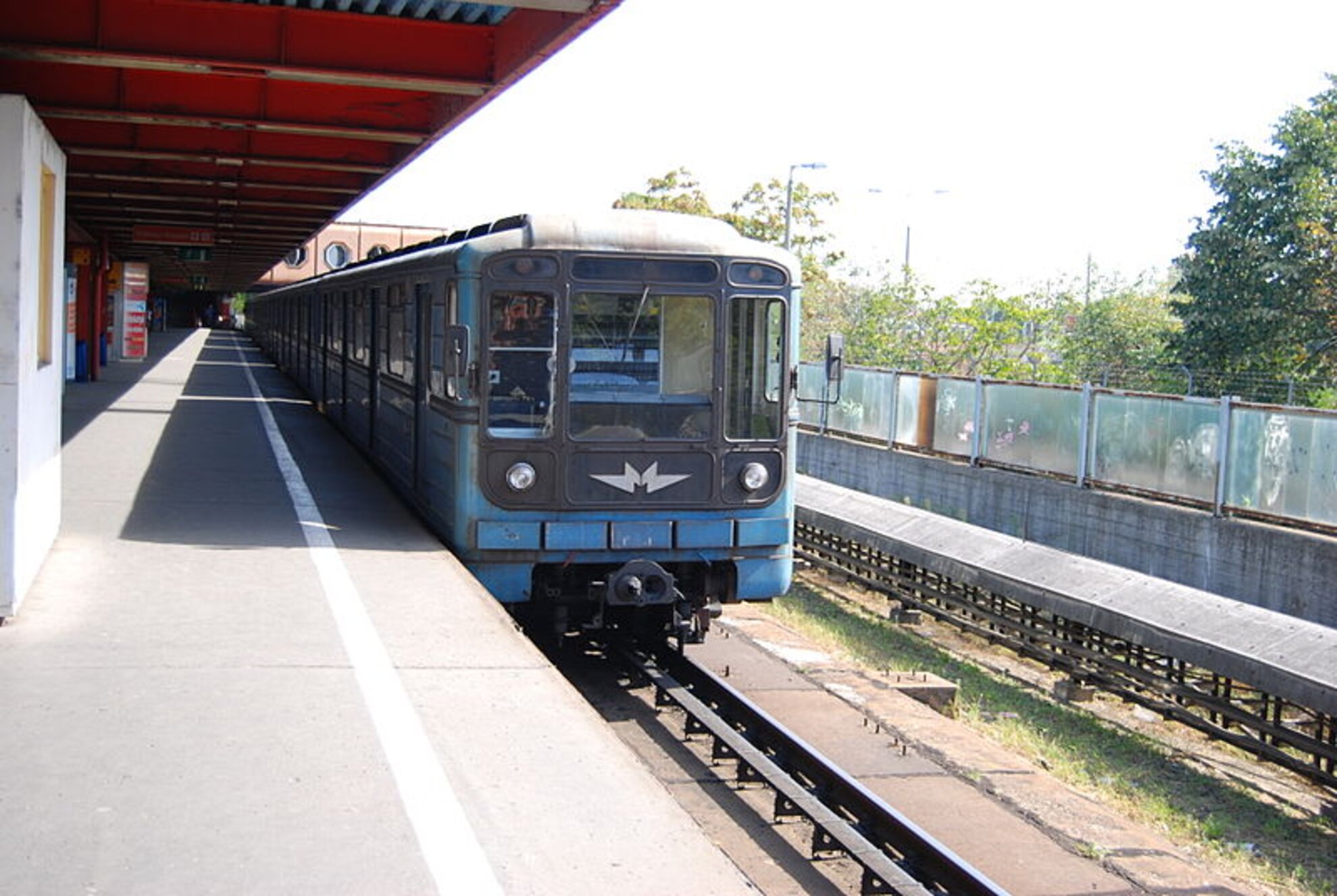
Metro line 4 (green line)
This mostrecent addition to Budapest’s metro lines – officially launched in 2014 – impresses many passengers with its cavernous concrete spaces and sparkling glass surfaces, and it’s continuously in the spotlight of numerous photo projects. Currently running between the Keleti Railway Station and Kelenföld Railway Station, the green line intersects both Metro line 2 (at Keleti Railway Station) and line 3 (at Kálvin Square), in addition to transporting passengers to other important locations, including Fővám Square – home to the Great Market Hall – on the Pest side, and Szent Gellért Square on the Buda side, a riverfront plaza towered over by the Art Nouveau Gellért Hotel.
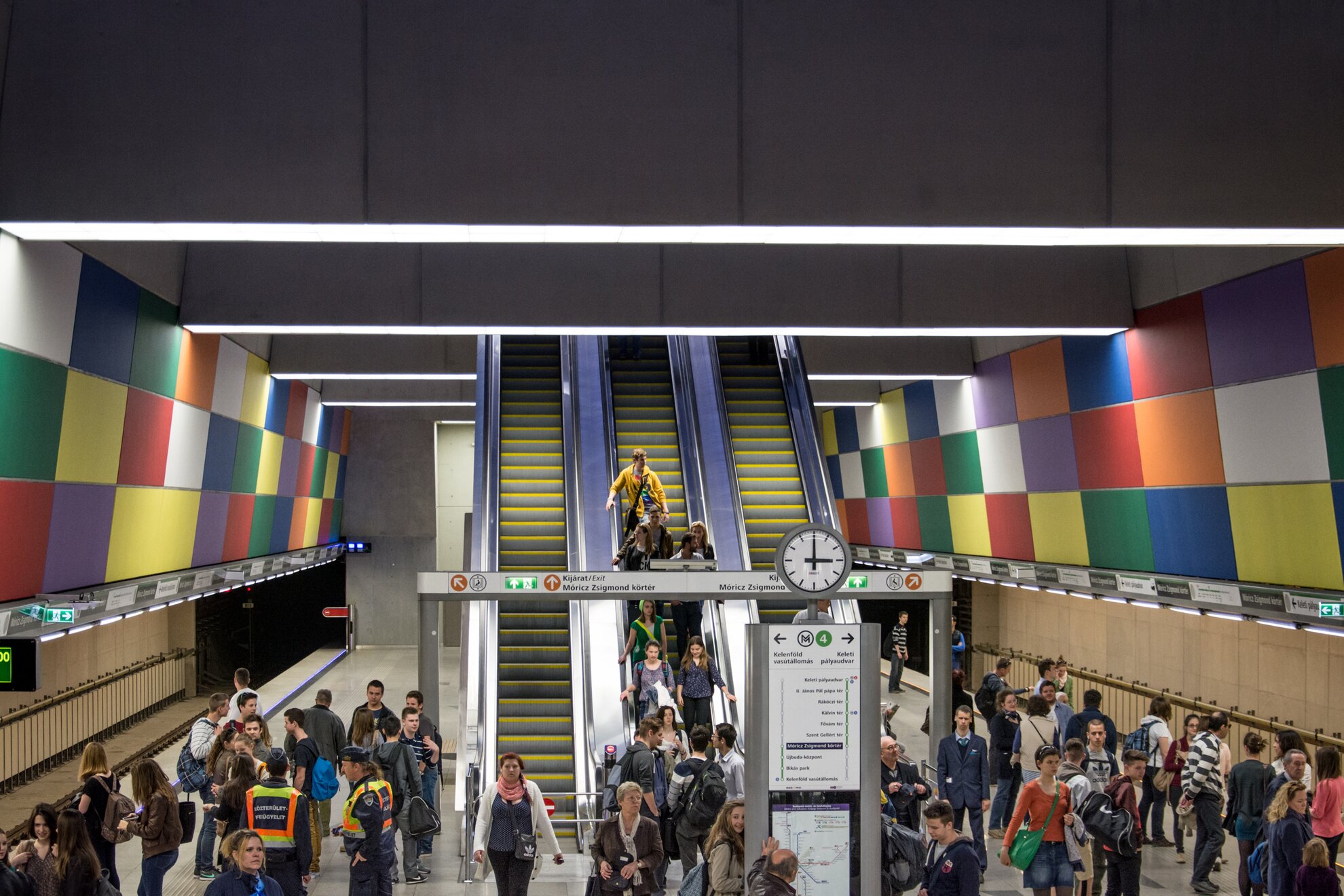
Tram line 2
Those who board tram line 2 embark on a panoramic ride along Pest’s Danube bank, leading from Jászai Mari Square at the foot of Margaret Bridge to the last stop at Közvágóhíd, right across the contemporary National Theater and the Palace of Arts. Along this scenic trip, the antiquated streetcar passes by the Parliament, provides great views over the Buda Hills, stops by Budapest’s statuesque spans (including the Chain Bridge and the Liberty Bridge), and provides many other close-up views of city life, making the journey feel like an inexpensive sightseeing trip.
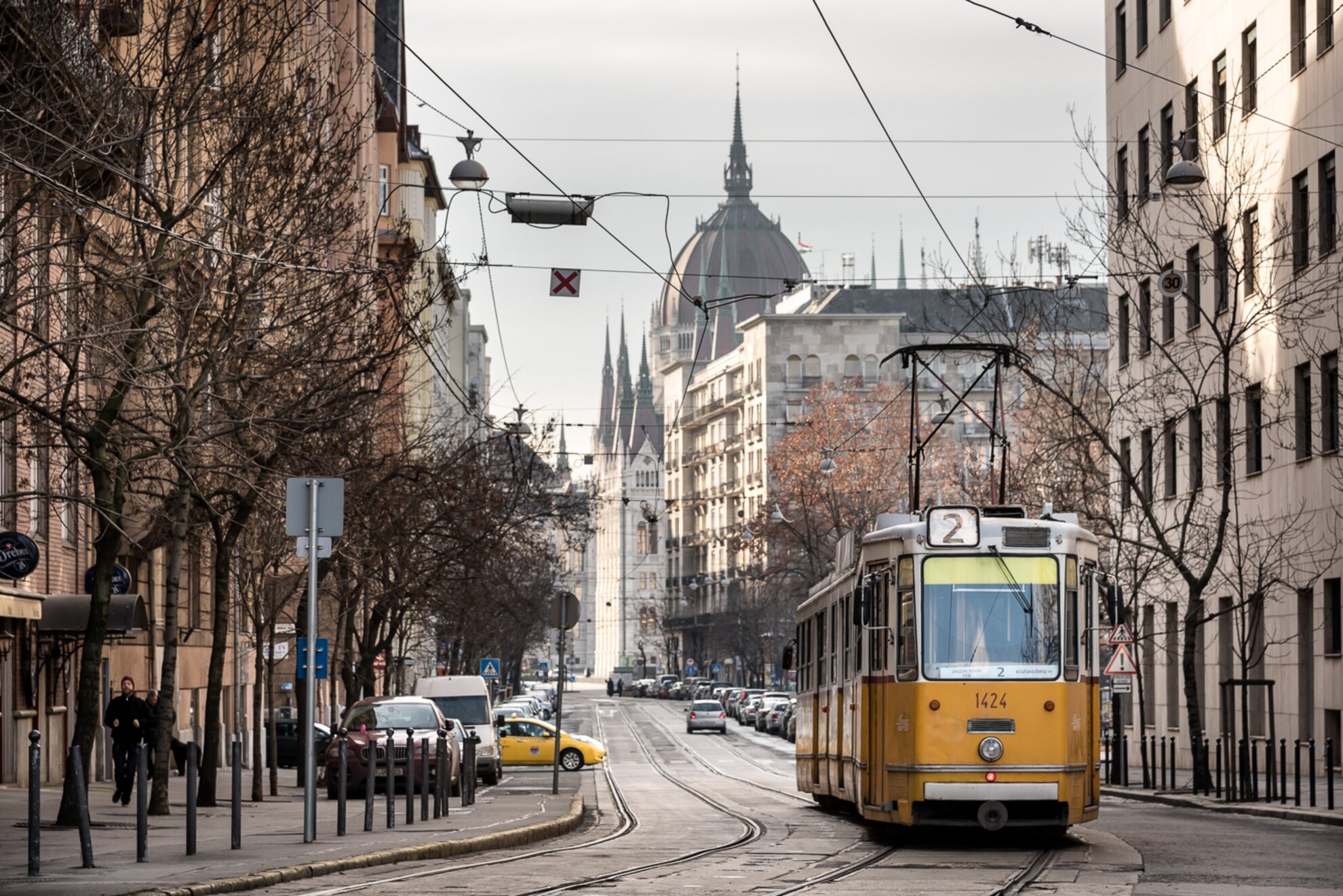
Tram line 4-6
Crammed by passengers all day long, tram lines 4 and 6 follow almost exactly the same route along a semicircular path along Budapest’s Grand Boulevard, only diverging for one or two stops in south Buda; tram line 6 operates around the clock. Linking Buda and Pest across Petőfi Bridge and Margaret Bridge, along their paths, the streetcars traverse several Budapest zones, including Districts II, VI, VII, VIII, IX, and XI, providing many hop-on-hop-off points along the way. Both trams originally depart from Széll Kálmán Square and cover almost the same route – major stops include Margaret Island, Jászai Mari Square, Nyugati Railway Station, Oktogon, Király Street, Blaha Lujza Square, and Corvin Quarter – with their two end stations in south Buda being the only difference: tram line 4 ends at Újbuda Center, while tram line 6 concludes its journey at Móricz Zsigmond Square; interestingly the two terminuses are just a mere 400 meters away from each other.
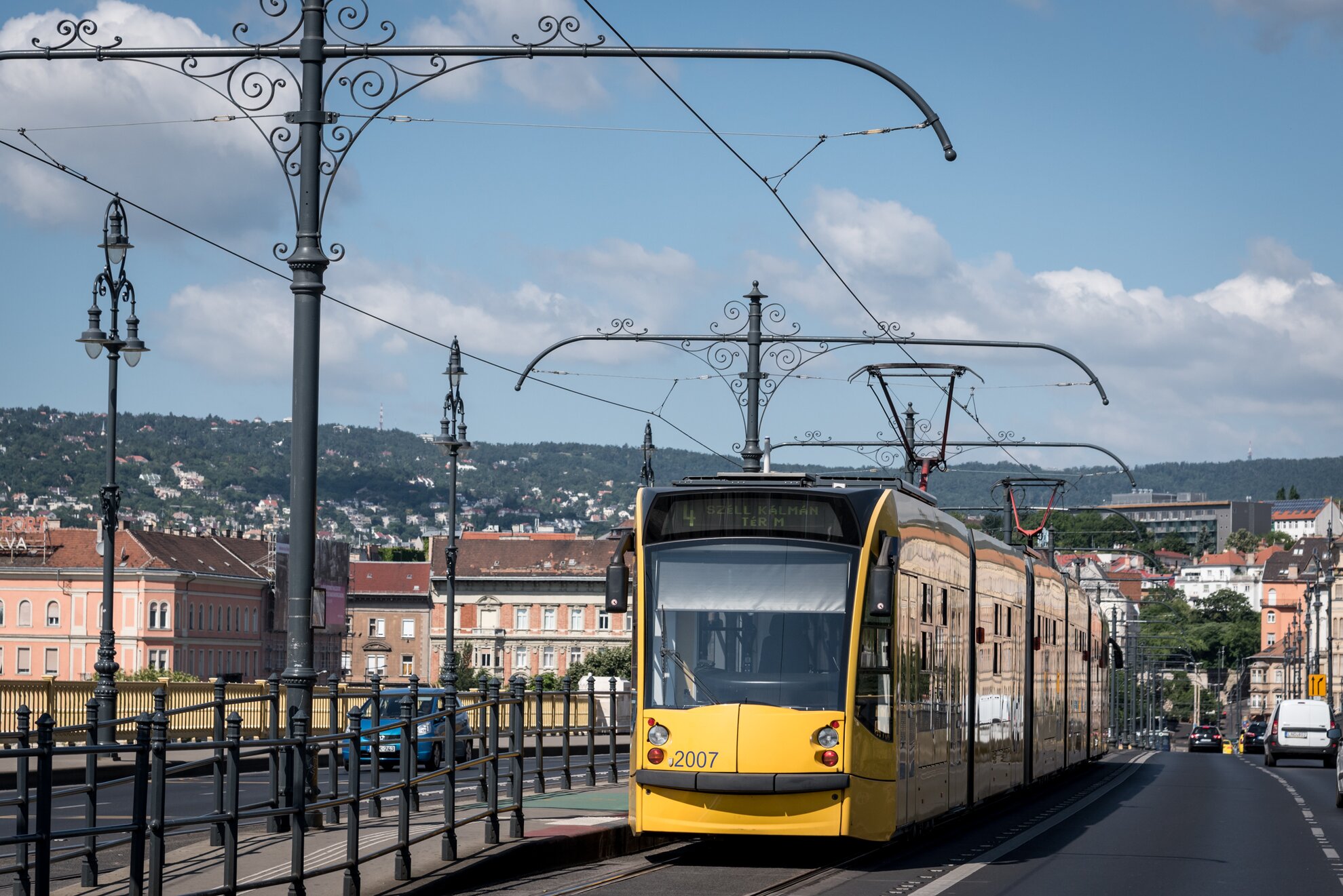
Tram lines 47 and 49
A duo of retro trams travel an intriguing journey along Budapest’s Small Boulevard, connecting Pest’s centrally located Deák Ferenc Square with outer Buda districts, passing by several major sites along the way. The first stop is Astoria, followed by Kálvin Square and Fővám Square before crossing the Liberty Bridge to stop at Szent Gellért Square, and then roll along to Móricz Zsigmond Square, where the two tram lines split: tram 47 pushes towards the city’s suburban zones with Városház Square in Budafok being its final destination, while tram 49 covers a relatively shorter distance and concludes the journey at Kelenföld Railway Station in District XI. Taking a ride aboard one of these tram lines is like a mini excursion, splashed with vibrant city vistas, including the Great Market Hall, two of Budapest’s riverside universities (Corvinus University of Budapest and the Budapest University of Technology and Economics), and many other historic sites.
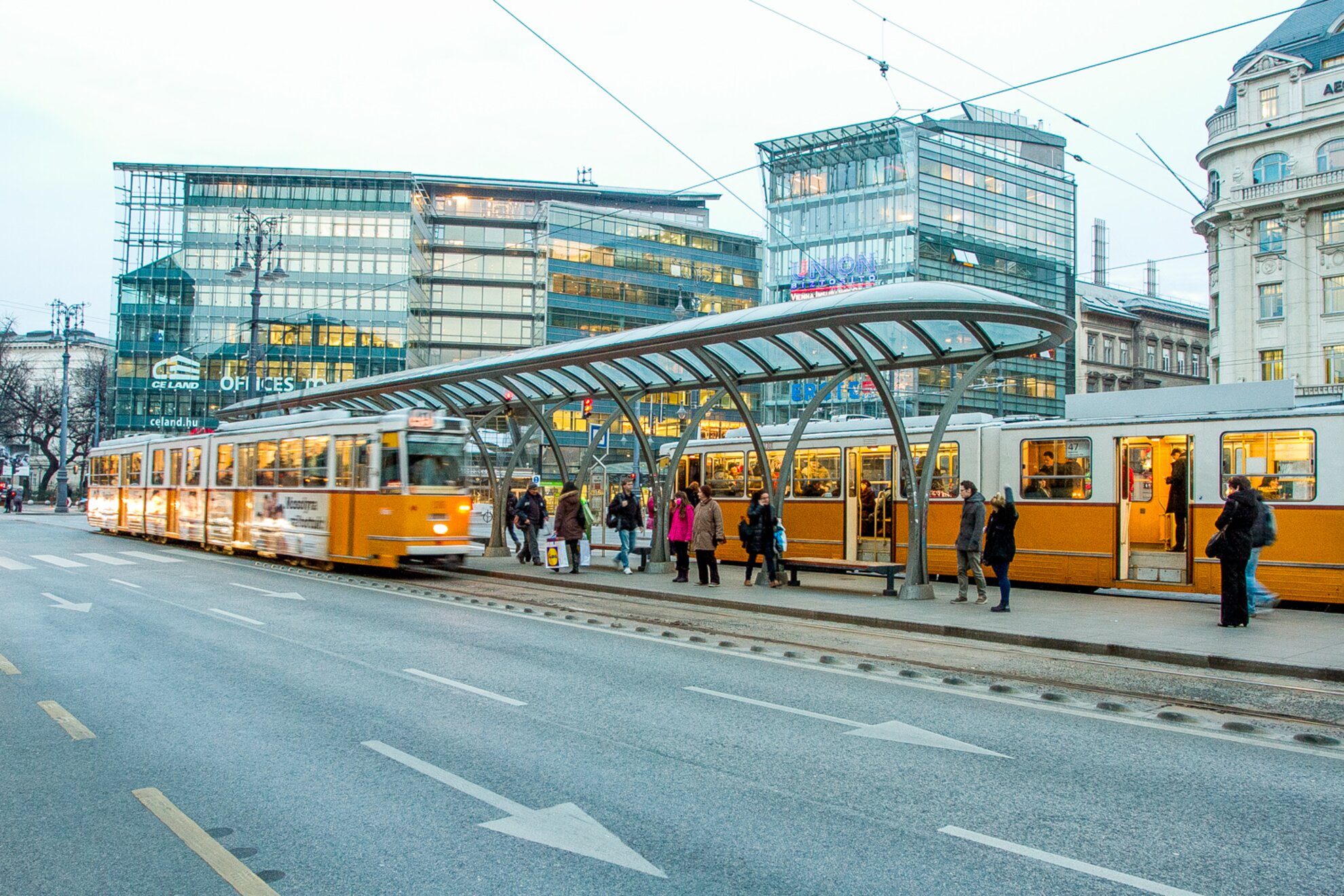
Bus line 16
Commuting between downtown Deák Ferenc Square and Buda’s Széll Kálmán Square by way of Buda Castle, the history of this scenic bus line dates back to 1929, where the need arose to set up direct access between Pest and the historic Castle District. Today, the panoramic trip crosses the city’s iconic Chain Bridge, stops at Clark Ádám Square at the base of the Funicular, before starting its climb up the hillside to reach Dísz Square near the Royal Palace. After traversing the length of the Castle District’s cobblestoned streets, including a stop by Matthias Church and Fishermen’s Bastion, the journey continues into central Buda with a somewhat steep descent toward its final destination at Széll Kálmán Square.
Funicular
March 2nd of 1870 was the opening day of the Buda Castle Hill Funicular, making it the second-oldest hillside public-transport conveyance, and since then – with glowing and turbulent times lining its 146 years history – the gracefully constructed wooden cars have been providing a panoramic link between Clark Ádám Square and the Buda Castle, transporting 24 passengers at a time. Those who want to ascend the castle in this unique style should buy a separate ticket, as the regular public transport tickets and passes are not valid for the funicular.
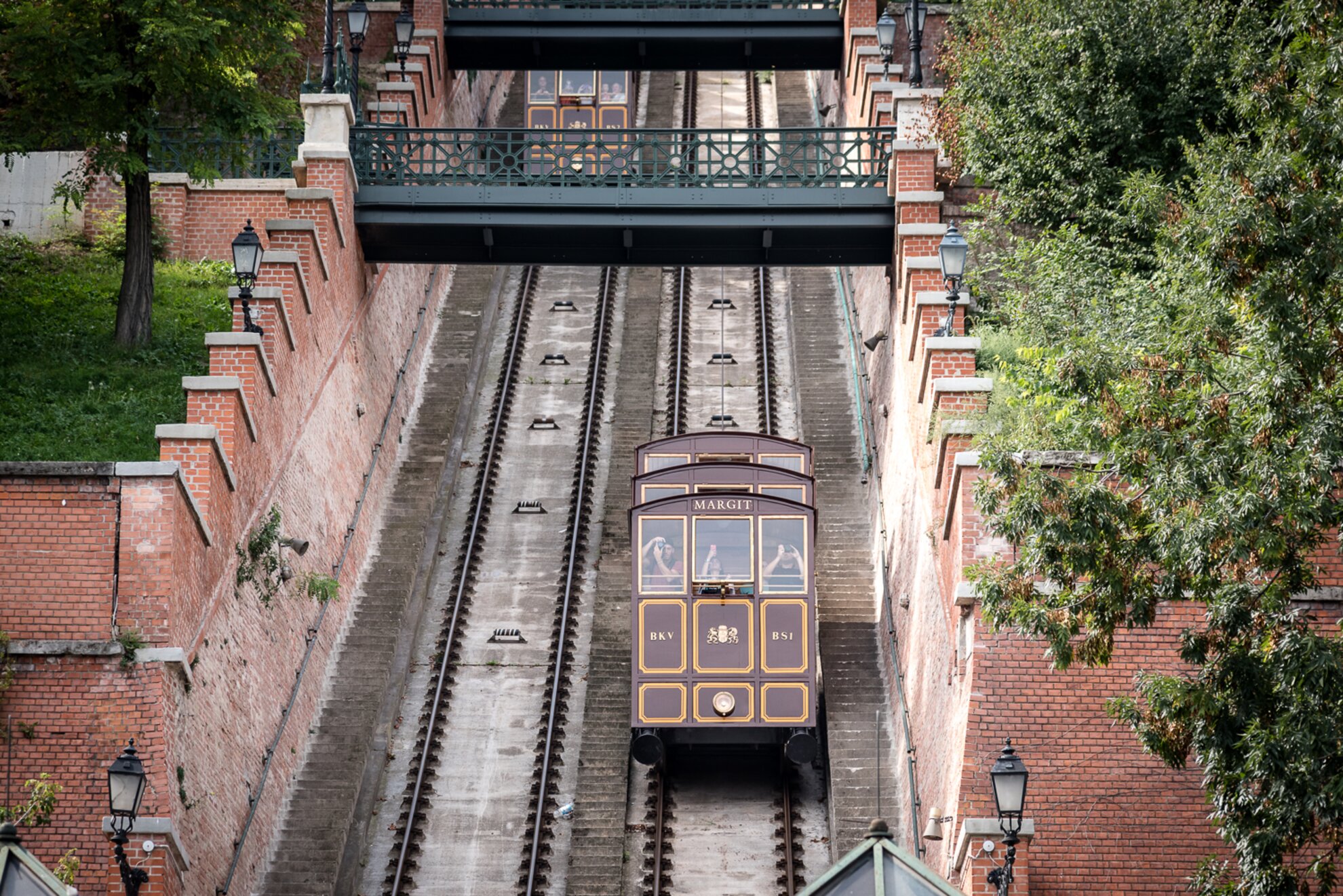
Public Ferry
BKK maintains multiple ships that zigzag back and forth between more than a dozen stops in both Buda and Pest, traveling from the city’s southern section toward the northern outskirts and back – and a complete cruise aboard one of these spacious vessels costs less than a cup of fancy coffee, while riding on weekdays is free for passengers holding any BKK pass (even for only 24 hours). Those who ride a ship from one terminus to the other will enjoy a journey lasting almost two hours when traveling upriver, and a complete downriver trip takes about 90 minutes.
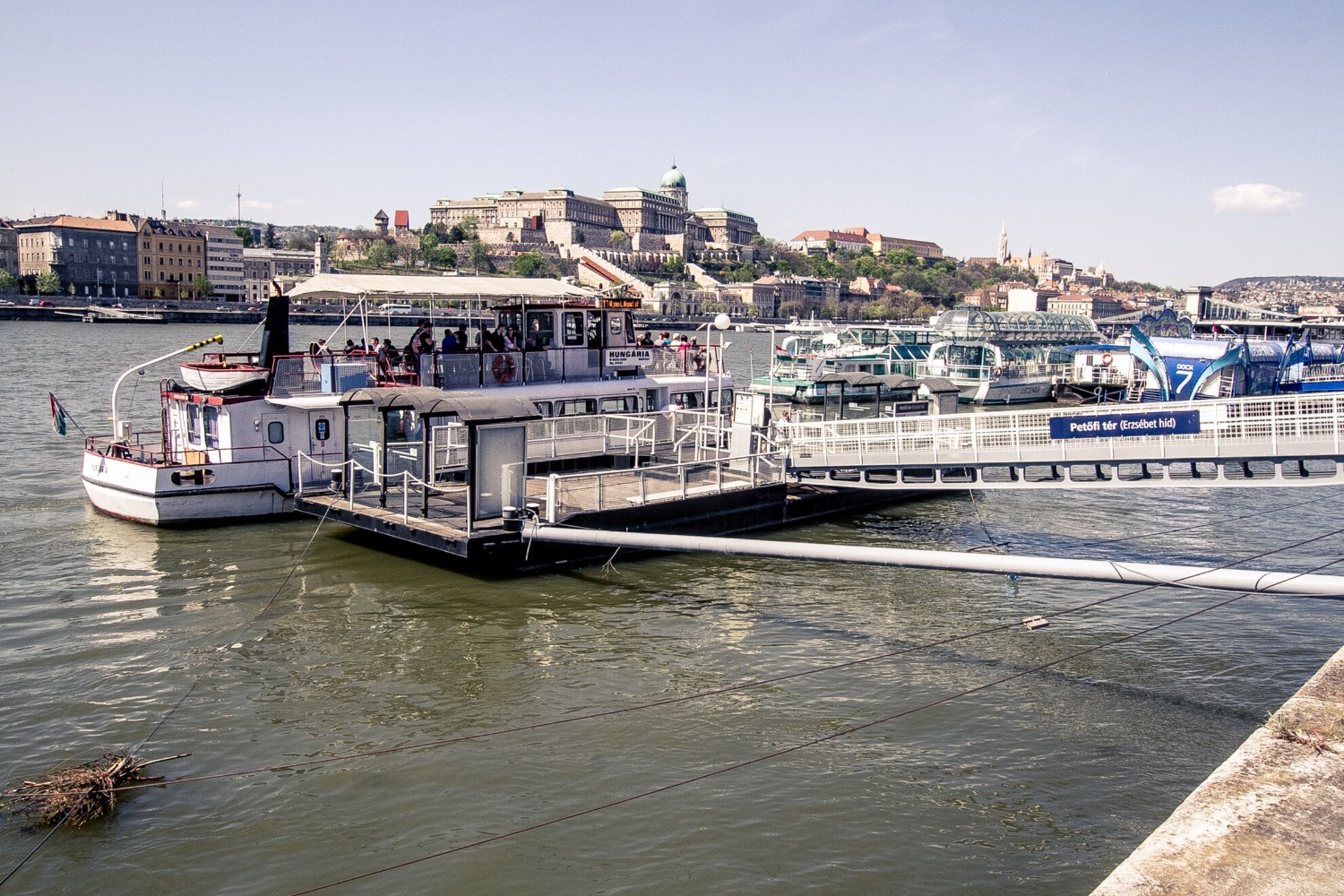
Night buses
Metros and trams run until about midnight and restart at about 5am (except for tram 6). A comprehensive system of night buses operates from stops marked with the black-and-white owl symbol. Night bus numbers have three digits from 900-999.
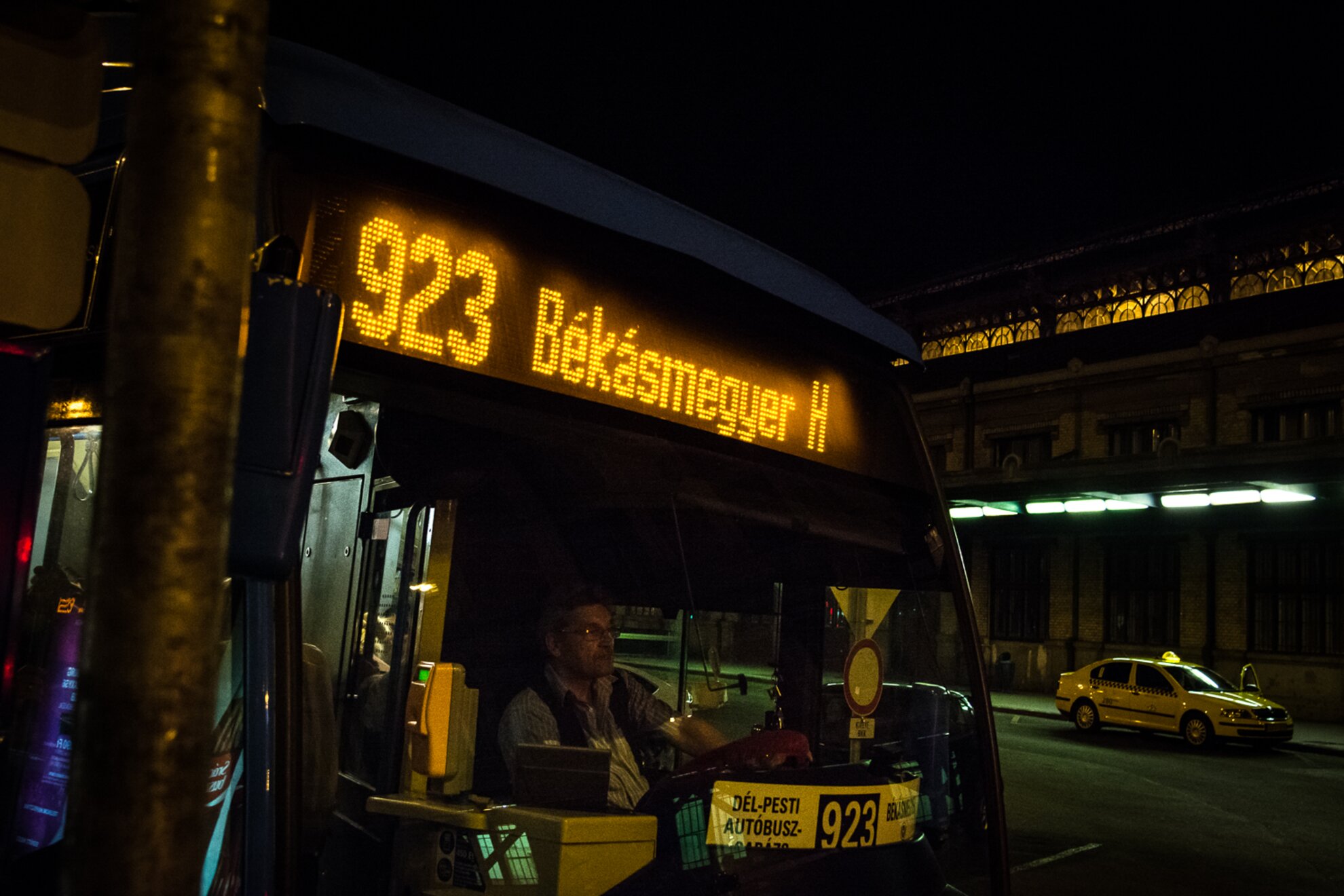
To and from the airport
Passengers can get to and from Terminal 2 of Budapest’s Liszt Ferenc International Airport using public transport. The M3 metro line goes between the city center and Kőbánya-Kispest, while airport bus number 200E runs between Kőbánya-Kispest and Terminal 2. At night it’s slightly different: from 11pm-1am, bus number 200E and from 1am-4am bus number 900 operates between Terminal 2 and the South Pest bus garage. Between the South Pest bus garage and the inner city, take night buses 950 or 950A. Check out this article for more details and photos of transfer points.
Visit bkk.hu/en/timetables/ for complete English-language information about timetables and additional lines.
Tickets, prices, and fines
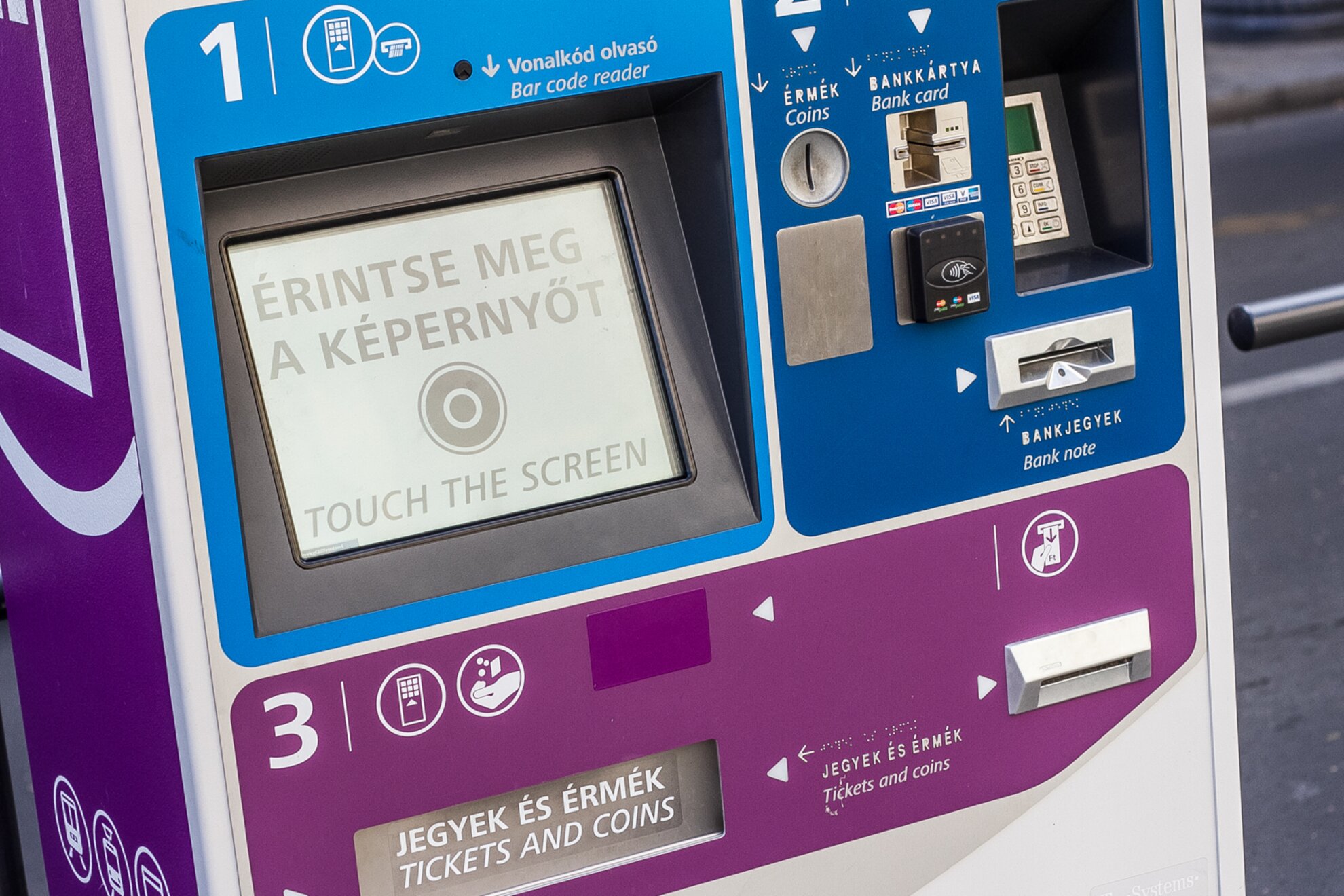
Across Budapest’s metro stops and major bus and tram stations, several BKK counters and ticket machines operated by the company provide tickets and passes for use on Budapest’s public-transport vehicles, accepting notes, coins, and bank cards.
Additionally, BKK maintains several customer-service points with English-speaking staff that offer help with route information, purchasing tickets and passes, or any other transit-related matters. Customer-service points are located at several sites citywide, including:
- Deák Ferenc Square underpass
- Keleti Train Station underpass
- Budapest Airport Terminals 2A and 2B
- Móricz Zsigmond Square
- Ferenciek Square
- Déli Railway Station
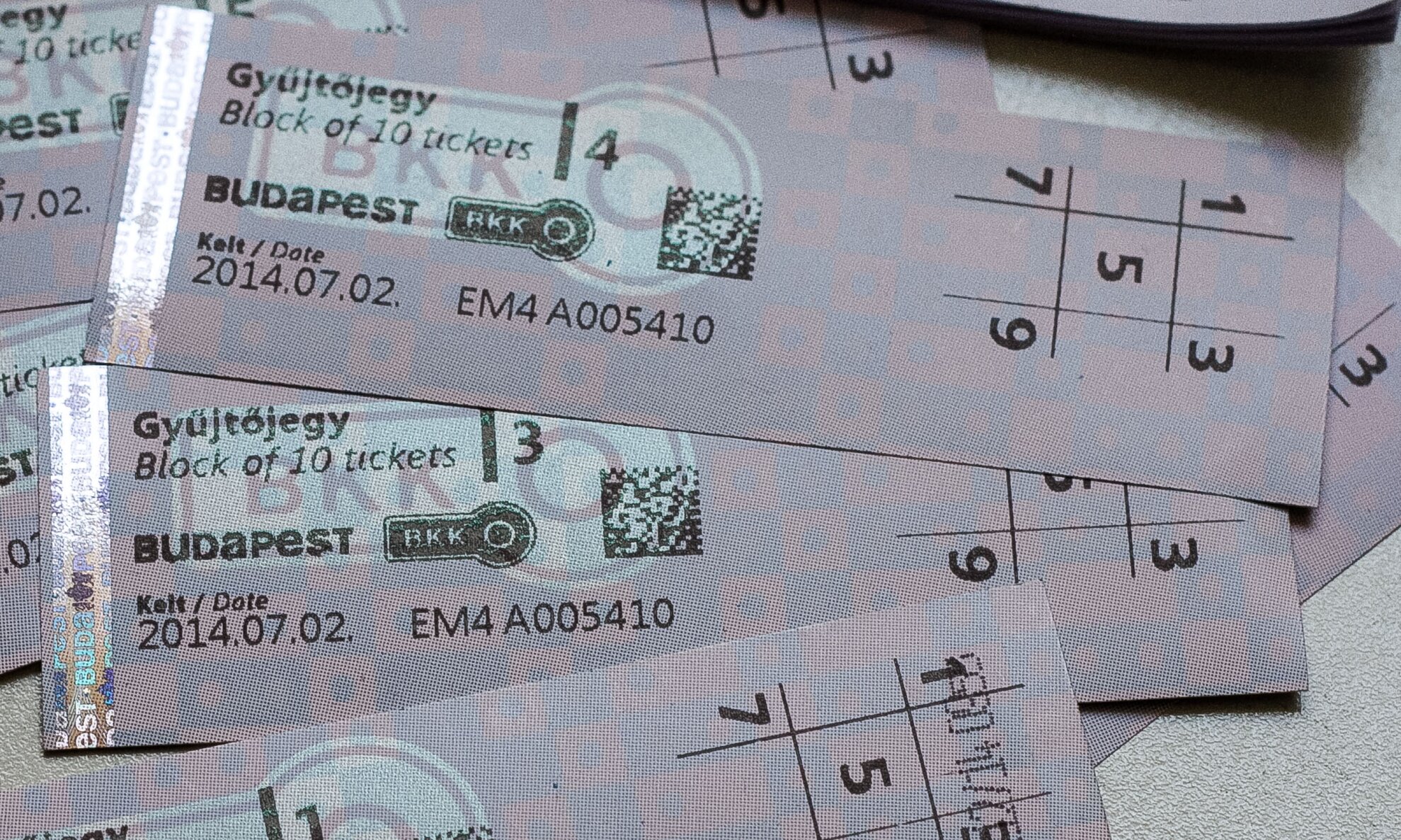
There are several different types of tickets and passes available for using BKK’s services, for varied time periods and diverse length of journeys.
A single ticket (350 HUF) is valid for a single uninterrupted ride on any bus, tram, trolleybus, or metro from one terminus to the other or any part thereof within Budapest city limits. Those who change metro lines without leaving the underground system can travel with a single ticket in one direction for a duration of 80 minutes after ticket validation. Passengers can purchase a short metro section ticket (300 HUF) that enables the ticket-holder to travel up to three metro stations, with an expiration of 30 minutes after ticket validation.
The 24-hour Budapest pass (1,650 forints) provides full-day access to many of the city’s public-transport vehicles with unlimited usage, while travel cards for 72-hours (4,150 HUF) and 7 days (4,950 HUF) are available for anyone who spends more than one day in the Hungarian capital. A monthly Budapest pass (9,500 HUF) provides an entire month of access to many of the city’s public-transport vehicles, while students can purchase a monthly pass at discounted prices (3,450 HUF) in case they hold a valid student identification card, or present an up-to-date certification issued by the educational institution. Those who purchase travel passes should submit their ID number that is printed on the pass (ID cards, photo IDs provided by BKK, passports, driver’s licenses, and student ID cards are accepted for official identification).
Anybody who holds a Budapest pass is entitled to board the BKK ferry on weekdays, while those without a pass or who want to cruise during the weekend should purchase a separate ferry ticket (750 HUF) that is valid for a single one-way journey.
A one-way ride on the Castle Hill Funicular sets you back 1,200 forints, while the price of a return ticket is 1,800 forints.
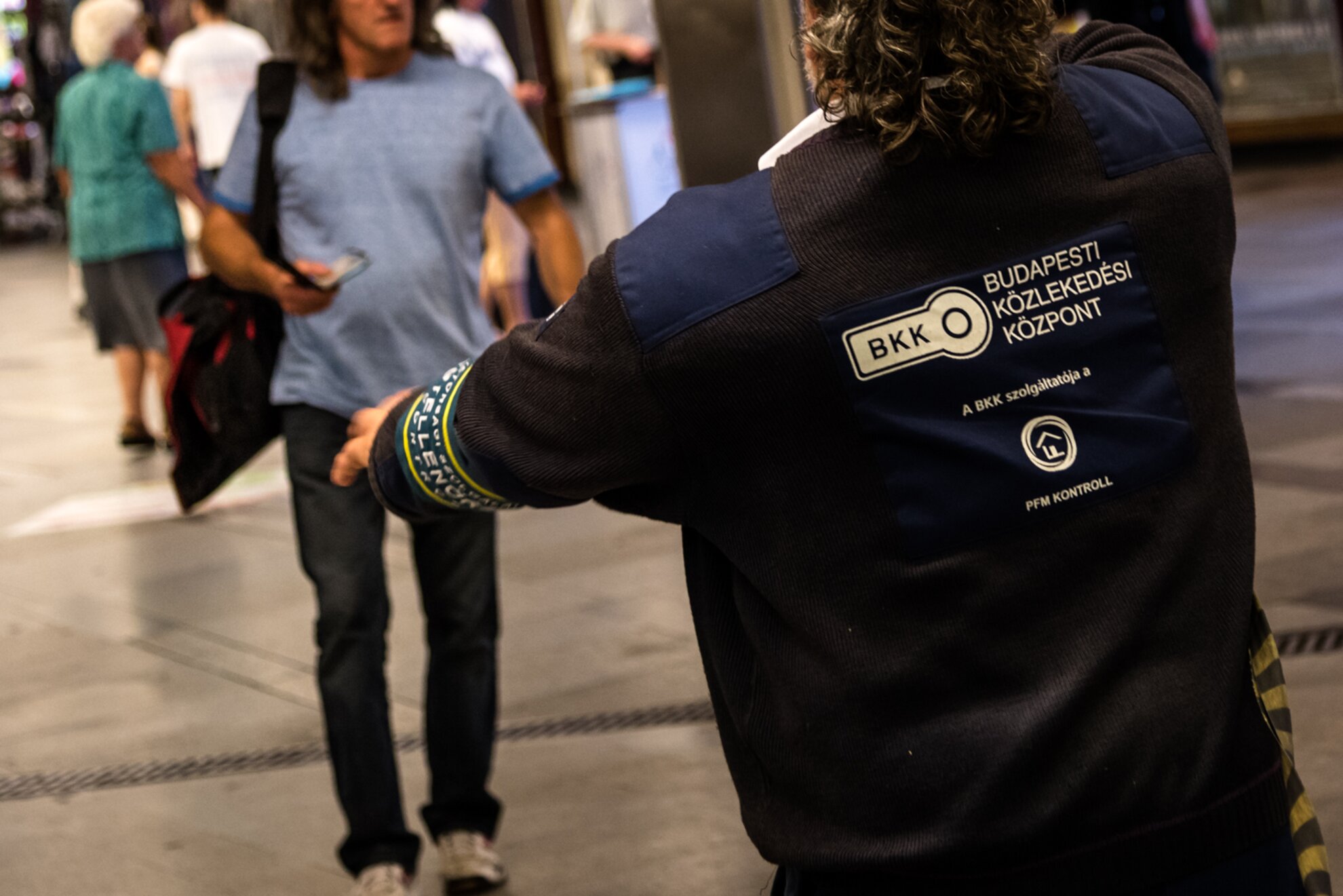
A ticket must be validated right at the beginning of the journey, by inserting it into the time-stamping machine (usually an orange-colored box, or red in older vehicles equipped with a handle for old-school ticket punching) on every vehicle. Passengers using the metro should validate their tickets before stepping onto the escalator, as ticket inspectors usually lurk beyond the entrance. Whichever transport means you use, keep your tickets until the end of your journey, there are several spots where controllers may check them. Those who are caught without a valid ticket or pass need to pay an 8,000-forint fine on the spot,or 16,000 forints in case the penalty is settled later. In case of a deferred payment, the inspector will provide you with a bill listing payment methods, and the fine can be paid or contested at the BKK office at Budapest 1072, Akácfa u. 22.
For more information about tickets and available discounts, visit bkk.hu/en/tickets-and-passes/, or log onto bkk.hu/en/fines for more details about penalty fares.
MOL Bubi – public bike-sharing system
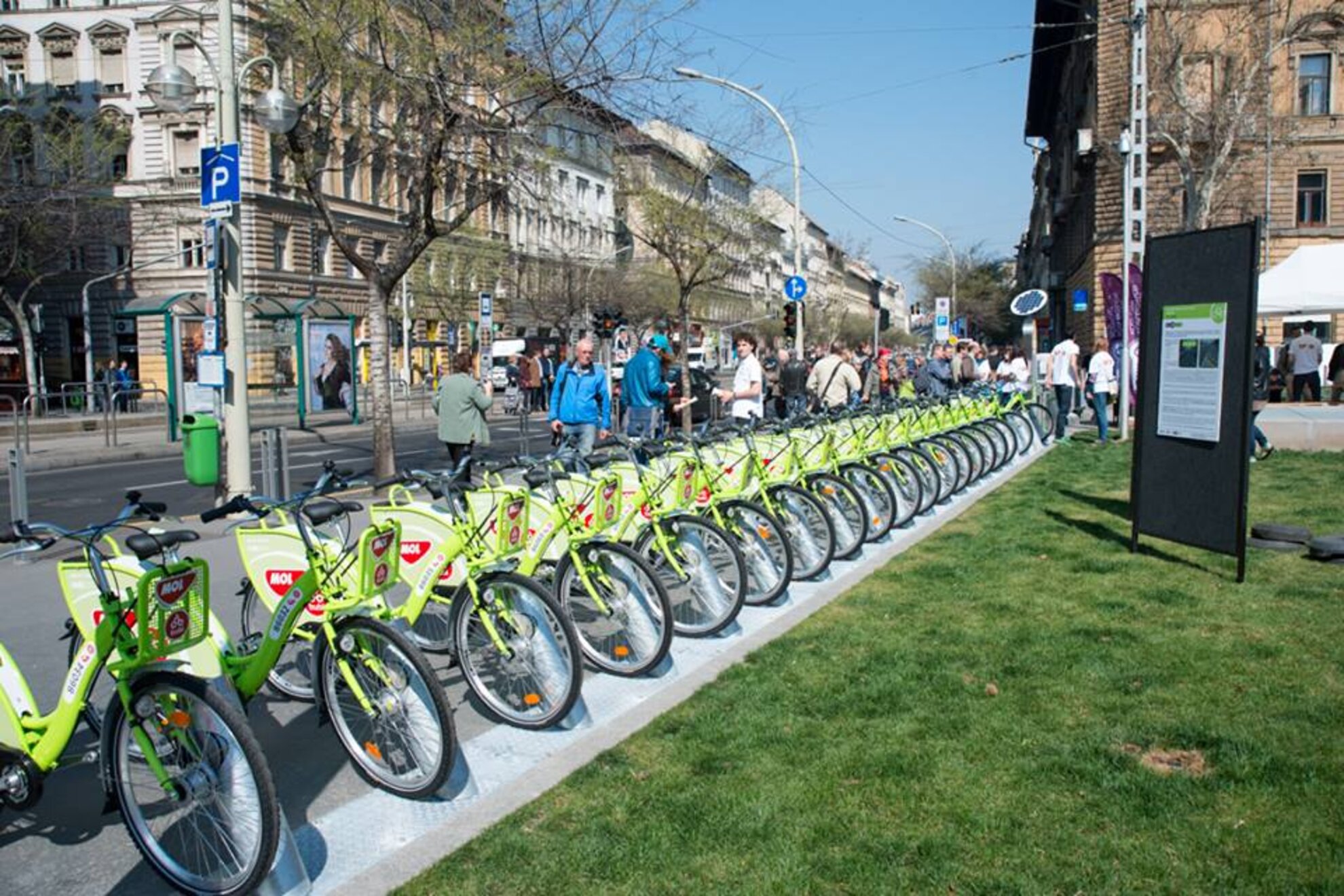
In 2014, Budapest introduced a new integrated short-term public bike-rental system, and today these cycles are available at nearly 100 docking stations citywide, providing round-the-clock access to the bright green two-wheelers. To start a ride, customers have to pay an access feeplus a usage fee: the access fee for 24 hours is 500 forints, or 1,000 forints for 72 hours, and the usage fee for 30 minutes is free of charge, while it costs 500 forints for 60 minutes. Tickets can be purchased with bank cards from the touchscreen terminals located at the docking stations, on MOL Bubi’s website, or by using the MOL Bubi mobile app. Passes are available for varied time periods like 3, 6, or 12 months, and are available for purchase at the BKK Customer Service Points.
Visit molbubi.bkk.hu for complete English-language information about tickets and passes.
BKK Futár – mobile application To get around Budapest in the speediest and easiest ways, utilize the simple-to-use mobile app presenting some of the most ideal itineraries in absolute real time, displaying stations around your current location along with the preferred line’s route and schedule. A journey planner certainly comes in handy when navigating Budapest nightlife.
The BKK app is available for download free of charge on iOS and Android devices.
The future
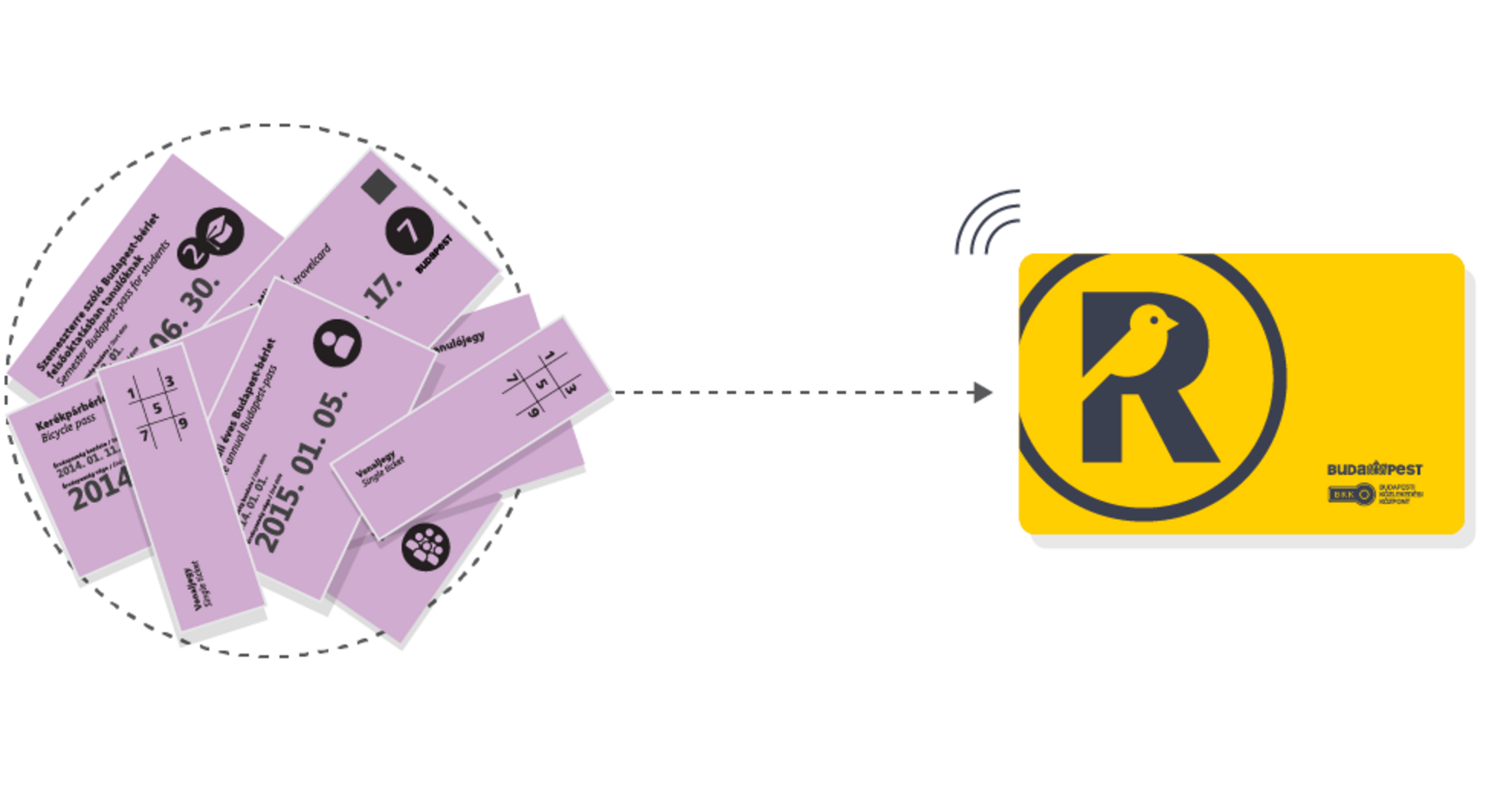
As a result of the continuous modernization project within Budapest’s public-transport system, many of BKK’s outdated vehicles are being replaced by new and updated models, while BKK and the city strives to maintain and expand the current mass-transit network. As a key step in the development process, through early 2018 the traditional paper tickets and passes will be changed to electronic smart cards, as BKK implements RIGO, a fully automated ticket system, operating with modern ticket gates across Budapest. Passengers will be allowed to use Budapest’s public-transport conveyances with the new smart cards, which will be issued after registration on the new RIGO platform, and all cards, stations, and vehicles will be connected to the main control unit. With the first gates projected to be installed at the end of 2016, the rollout of the development is scheduled to occur in late 2017.
This article provides more information about the RIGO project.
